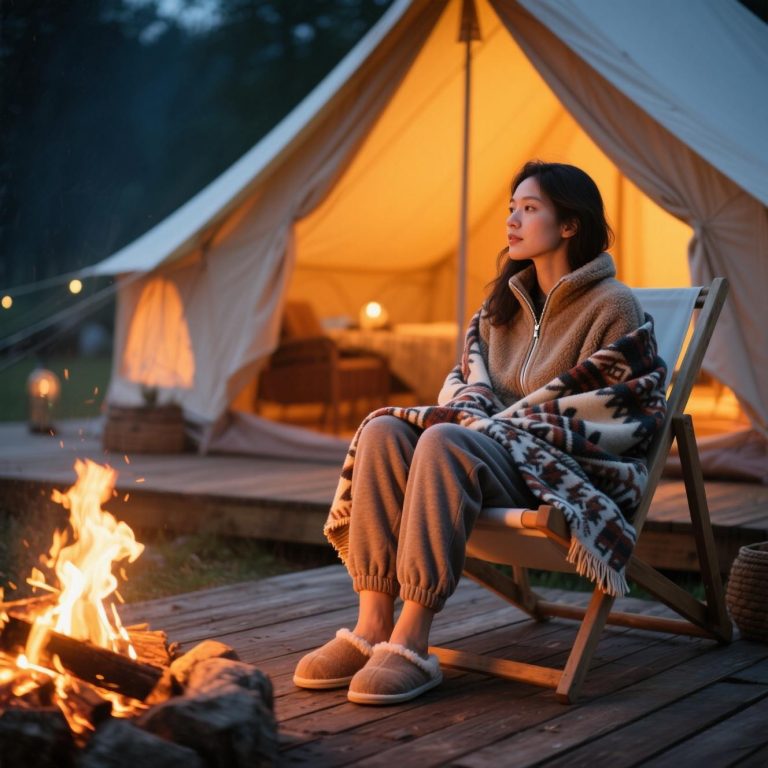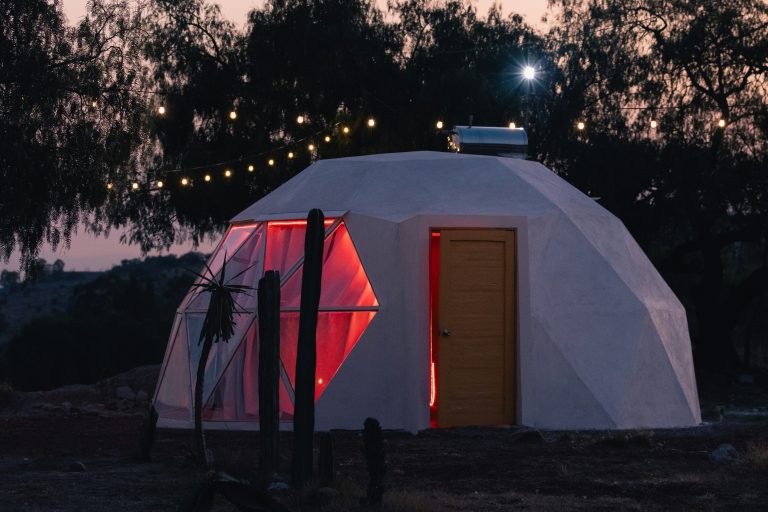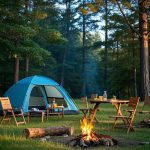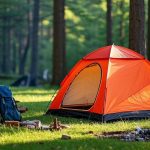Discover how to find free camping spots with top apps, websites, and tips for successful boondocking and dispersed camping around the world.
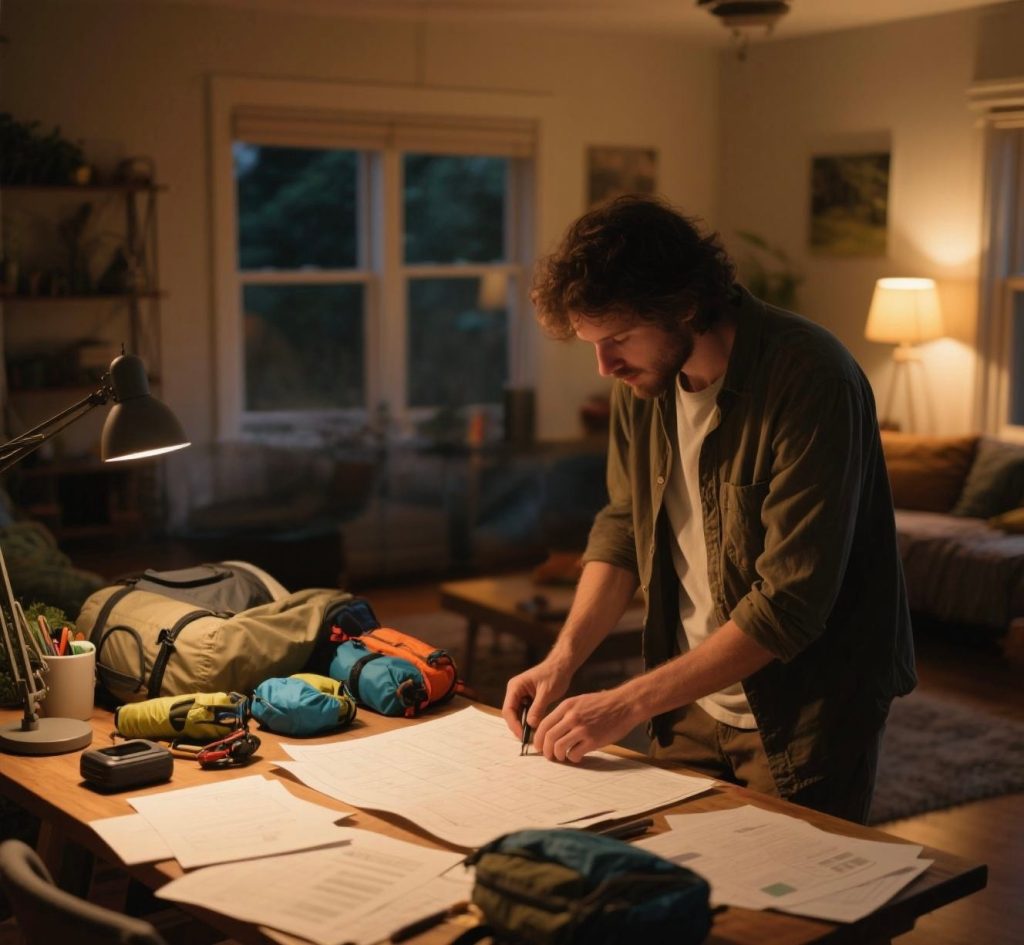
Table of Contents
Introduction
Camping expenses can add up quickly when you’re paying $30-50 per night for established campgrounds. Between reservation fees, nightly rates, and additional charges, outdoor enthusiasts often find their adventure budgets stretched thin. The good news is that thousands of legitimate free camping spots exist across public lands throughout the world. From the vast wilderness areas of North America to the wild camping traditions of Scotland, and from Australia’s outback to New Zealand’s conservation lands, opportunities for free camping span the globe.
These free camping opportunities, known by various names worldwide – boondocking and dispersed camping in North America, wild camping in the UK, freedom camping in New Zealand, and bush camping in Australia – are scattered across different types of public and designated lands depending on the country. The key is knowing where to look, what regulations apply, and how to access these hidden gems safely and legally.
With proper research and preparation, campers can discover incredible locations that offer solitude, natural beauty, and zero camping fees. This comprehensive guide covers everything needed to successfully find and enjoy free camping spots while following Leave No Trace principles and respecting public lands.
Understanding Global Free Camping Regulations
Free camping legality varies significantly by country and region, making research essential before setting up camp. In the United States, the most reliable free camping spots are found on Bureau of Land Management (BLM) lands and National Forest Service areas, which typically follow the “14-day rule” allowing stays up to 14 days.
Scotland offers some of the world’s most liberal wild camping laws under the “Right to Roam,” allowing free camping on most unenclosed land as long as campers follow the Scottish Outdoor Access Code. England and Wales have more restrictive policies, with wild camping generally permitted only in specific national parks like the Lake District and Dartmoor.
New Zealand designated numerous areas for freedom camping, though recent regulations have tightened rules requiring self-contained vehicles in many locations. Australia allows bush camping on many public lands, but regulations vary significantly between states and territories.
Canada permits backcountry camping in national and provincial parks, often requiring permits but at minimal cost. Scandinavian countries follow “allemansrätten” (right to roam) principles, allowing wild camping with specific guidelines about distance from homes and protected areas.
Understanding land ownership is crucial before setting up camp. Private property violations can result in trespassing charges, while camping in prohibited public areas often carries fines ranging from $100-300. Always verify current regulations for specific areas before departure.
Essential Apps and Websites for Global Location Scouting
Digital tools have revolutionized how outdoor enthusiasts locate free camping spots worldwide. iOverlander serves as the most comprehensive global platform, with user-submitted locations spanning six continents, including detailed information about access roads, facilities, and local regulations.
For North America, FreeRoam and Campendium remain top choices, offering crowdsourced locations with GPS coordinates, photos, and essential details about road conditions. Park4Night covers Europe extensively, with thousands of free camping spots across countries like France, Germany, and Spain.
In Australia and New Zealand, WikiCamps provides comprehensive coverage of both free and paid camping options, with offline maps and user reviews. The app includes crucial information about dump points, water sources, and local council regulations.
Google Earth remains universally valuable for satellite imagery scouting, revealing potential camping areas and access routes regardless of location. This tool helps identify clearings, existing campsites, and terrain features before arrival.
Country-specific resources include the Forestry Commission website for UK wild camping information, Parks Canada for backcountry permits, and various state government websites in Australia for current camping regulations.
Navigation Tools for International Free Camping
Navigation requirements vary significantly when seeking free camping spots in different countries. In North America, Motor Vehicle Use Maps (MVUMs) remain essential for accessing forest service roads and understanding where dispersed camping is permitted.
European camping often relies on detailed topographic maps and country-specific regulations. Ordnance Survey maps in the UK show access rights and restricted areas clearly. Many European countries provide online resources showing where wild camping is permitted.
GPS coordinates become crucial in remote areas worldwide, but format standards differ between regions. UTM coordinates work globally, while some countries prefer their own grid systems. Offline maps are essential since cellular coverage is limited in most quality free camping areas.
Paper backup maps remain important regardless of location. Digital devices can fail, and battery life becomes critical during extended trips. Traditional compass navigation skills provide essential backup capability.
Many countries offer specialized mapping apps with offline capability. These often include crucial information about land ownership, access rights, and seasonal restrictions that general mapping apps miss.
Seasonal Timing and Weather Planning
Timing significantly impacts both availability and accessibility of free camping spots. High-elevation forest roads typically close from November through May, with exact dates varying by location and annual snowpack levels.
Spring and fall offer optimal conditions for boondocking, with fewer crowds, minimal insects, and more predictable weather patterns. Summer brings competition for prime sites, while winter limits options to lower elevations and desert regions.
Fire restrictions frequently affect camping availability during dry seasons. The National Interagency Fire Center maintains current restriction maps that prevent disappointing arrivals at closed areas.
Weather patterns change rapidly in mountain regions, so checking forecasts for multiple elevations helps avoid dangerous situations. Snow can occur at high elevations even during summer months.
Safety Protocols for Remote Camping
Remote free camping spots often lack cell service and emergency access, making preparation essential. Always inform someone of specific plans, expected locations, and return dates before departing.
The What3Words app provides precise location sharing using three-word combinations, enabling accurate communication with emergency contacts. Offline GPS devices or smartphone apps with downloaded maps ensure navigation capability without cell service.
Emergency supplies should include first aid kits, extra food and water, basic tools, and emergency communication devices for extended trips. Vehicle recovery equipment becomes crucial when accessing remote locations via questionable roads.
Weather can change rapidly in wilderness areas, so packing appropriate gear for various conditions prevents dangerous situations. Extra layers, rain protection, and emergency shelter should always be included.
Preserving free camping spots for future use requires following appropriate conservation principles, which vary by region but share common themes. Leave No Trace principles apply globally, including packing out all trash, using existing fire rings when available, and completely extinguishing campfires.
In Europe, wild camping etiquette emphasizes minimal impact and respect for landowners. This includes camping away from buildings, avoiding agricultural areas, and leaving early in the morning. Scotland’s Outdoor Access Code provides specific guidelines for responsible wild camping.
Water disposal methods vary by location and local ecosystems. Gray water from washing should generally be scattered at least 200 feet from water sources, though some sensitive areas require different approaches. Human waste disposal follows similar distance requirements but may have specific regional guidelines.
Fire restrictions and regulations differ significantly worldwide. Many European countries prohibit open fires entirely in certain seasons, while other regions allow fires only in designated areas. Always research local fire regulations before departure.
Noise considerations become especially important in densely populated regions like Europe, where wild camping often occurs closer to communities than in North American wilderness areas.
Common Mistakes and How to Avoid Them
Road conditions represent one of the biggest challenges when accessing free camping spots. Satellite imagery can be misleading – what appears accessible may require 4WD or high-clearance vehicles. Always research current road conditions and have backup plans.
Water sources shown on maps aren’t always reliable, especially during dry seasons. Carry more water than estimated needs – at least one gallon per person per day plus extra for cooking and cleaning.
Weather underestimation leads to many camping emergencies. Mountain conditions can change from sunny to snowy within hours, even during summer months. Pack appropriate gear for various weather scenarios.
Vehicle preparedness often gets overlooked until problems arise. Basic maintenance checks, spare tires, and emergency supplies become critical when camping miles from services.
Technology and Offline Preparation
Cell service rarely exists at quality free camping spots, making offline preparation essential. Download topographic maps, satellite imagery, and GPS coordinates before losing connectivity.
Battery management becomes crucial when relying on devices for navigation and safety. Portable chargers, solar panels, and car adapters ensure devices remain functional throughout extended trips.
Screenshot or print detailed directions to chosen camping locations before departure. GPS coordinates should be recorded in multiple formats as backup navigation aids.
Offline weather apps provide forecasts without internet connectivity, helping with daily planning and safety decisions.
Building Boondocking Experience Gradually
New campers should start with easily accessible free camping spots near established facilities. National Forest campgrounds often have adjacent dispersed camping areas that provide a transition between traditional and wilderness camping.
Gear testing becomes crucial before heading to remote locations. All equipment should be thoroughly tested at home, including water filtration systems, camp stoves, and emergency supplies.
Vehicle capability assessment helps determine appropriate camping destinations. Standard passenger cars can access many free camping spots, while others require high-clearance or 4WD vehicles.
Progressive skill building through shorter trips builds confidence and experience before attempting extended wilderness camping adventures.
Prime Global Regions for Consistent Success
North America offers diverse free camping opportunities year-round. The desert Southwest – Arizona, Nevada, and southern California – provides winter boondocking with minimal restrictions. Colorado’s National Forests deliver spectacular mountain camping from June through September, while Montana and Wyoming feature pristine wilderness areas.
Europe’s wild camping varies by country but offers incredible opportunities. Scotland’s Highlands provide some of the world’s most accessible wild camping under Right to Roam laws. Norway’s vast wilderness areas welcome free camping with stunning fjord and mountain scenery. France allows wild camping above the tree line in many mountain regions.
Australia’s outback regions offer unlimited bush camping opportunities, particularly in Western Australia, South Australia, and the Northern Territory. The continent’s size means finding solitude is rarely a problem, though water sources require careful planning.
New Zealand’s South Island provides spectacular freedom camping opportunities, from coastal areas to alpine regions. The North Island offers fewer options but still includes beautiful forest and coastal camping areas.
Canada’s wilderness areas span from British Columbia’s coastal rainforests to the Maritime provinces’ rugged coastlines, with most provinces allowing backcountry camping in designated areas.
Conclusion
Finding reliable free camping spots requires more planning than booking traditional campgrounds, but the rewards include access to pristine locations and significant cost savings. Success depends on understanding land regulations, using appropriate tools and resources, and gradually building wilderness camping skills.
The best free camping spots often require extra effort to reach, but this same remoteness provides the solitude and natural beauty that make boondocking so appealing. Proper preparation, respect for public lands, and safety awareness ensure positive experiences for everyone.
Patience and persistence are key when learning to locate quality free camping spots. Each adventure provides valuable experience in reading maps, understanding terrain, and recognizing what makes an ideal camping location.
Whether planning weekend getaways or extended international adventures, knowing how to find legitimate free camping spots opens up possibilities that don’t exist when limited to paid facilities. The investment in learning these skills pays dividends through years of affordable outdoor adventures across multiple countries and continents.
Related Articles:


